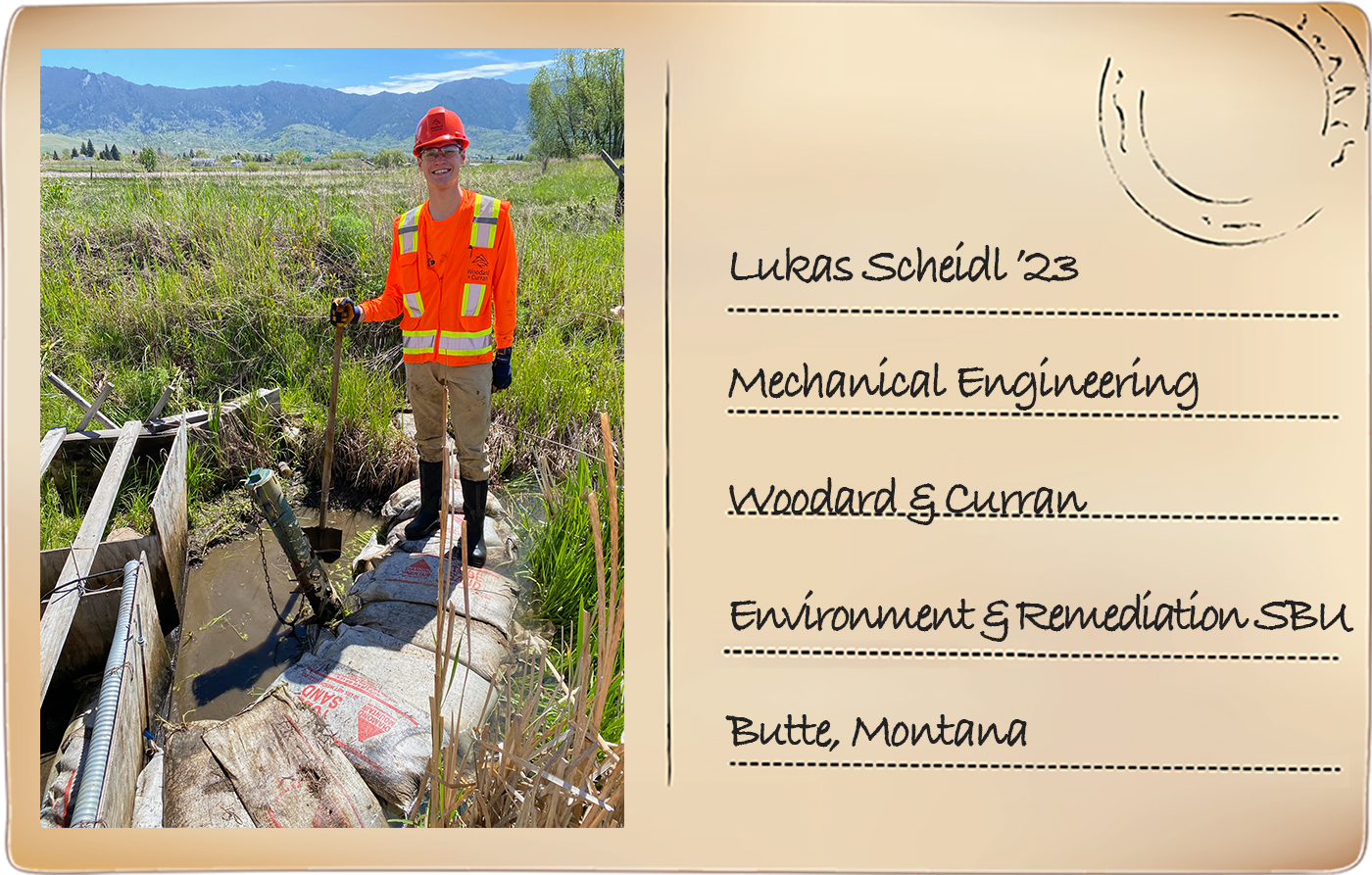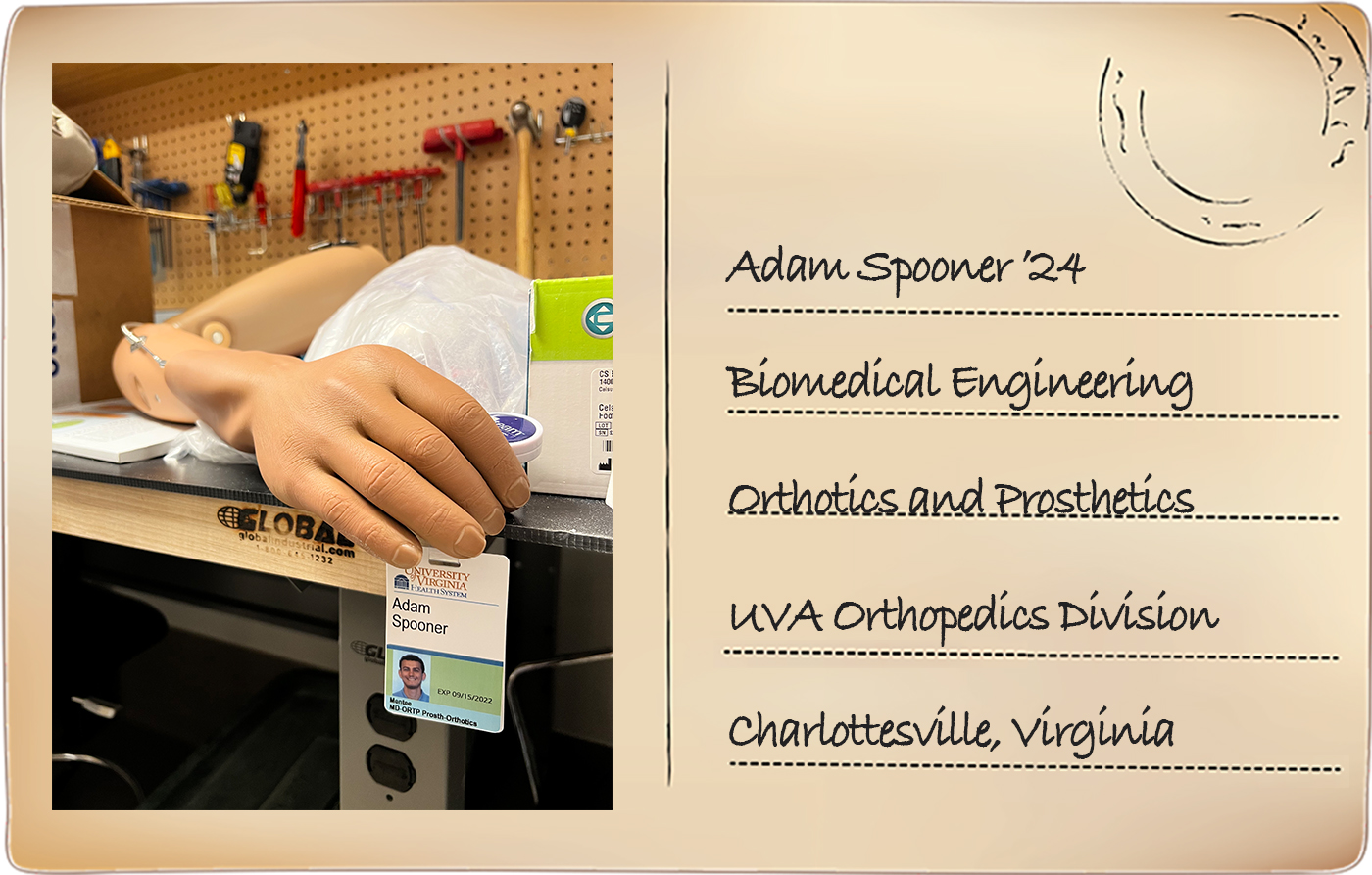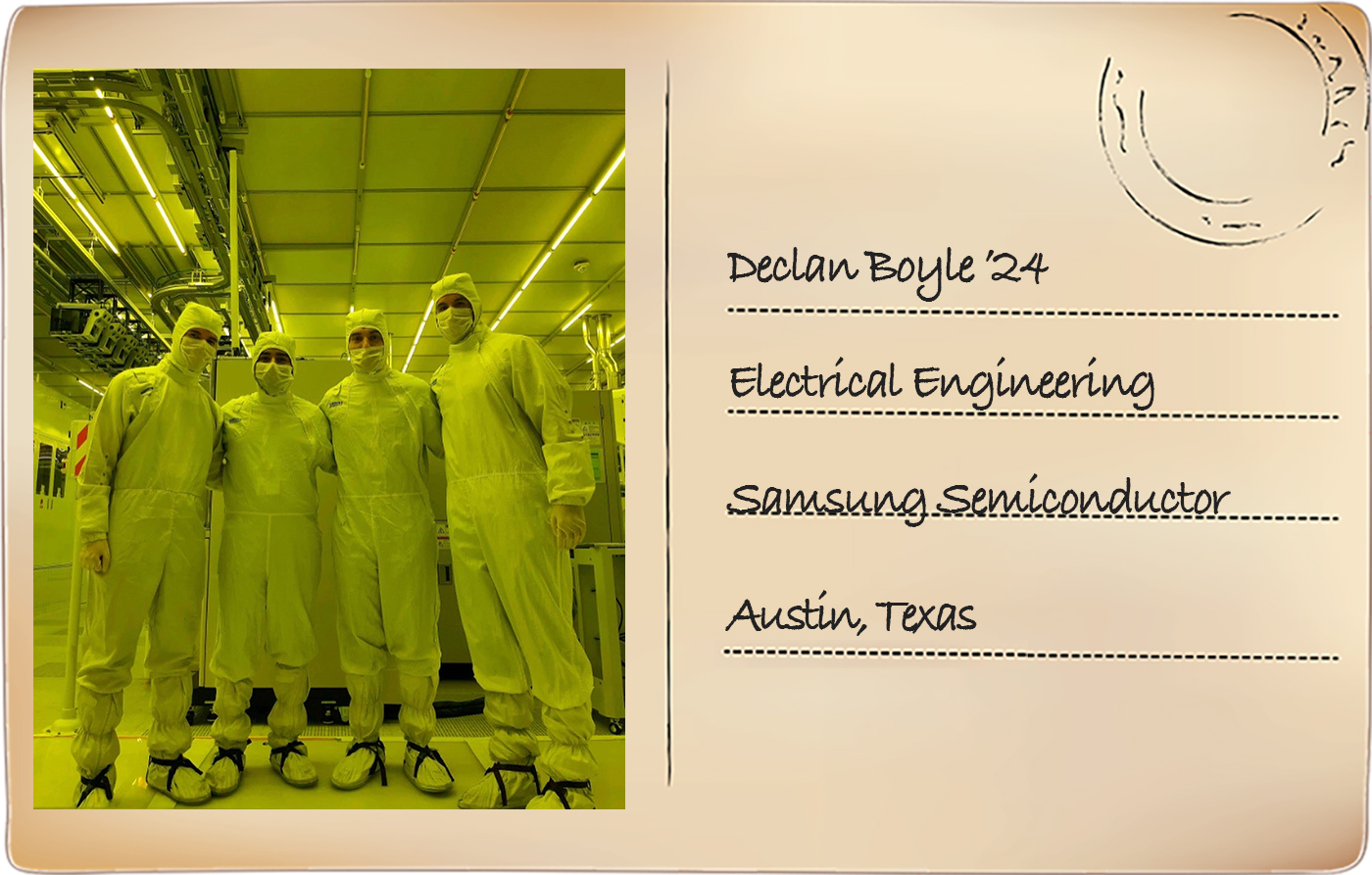We asked Brown Engineers to tell us about their 2022 summer internships and research projects. These summer positions play a crucial role in shaping one’s career, not only helping a student gain real exposure to working environments, but also developing the necessary skills required to stand out. These valuable opportunities can help shape or re-shape career aspirations, illustrate real-life applications of in-class learning, and enhance professional networking opportunities.
Here are a few of the Q&As we got back from the Class of '23 and '24:




